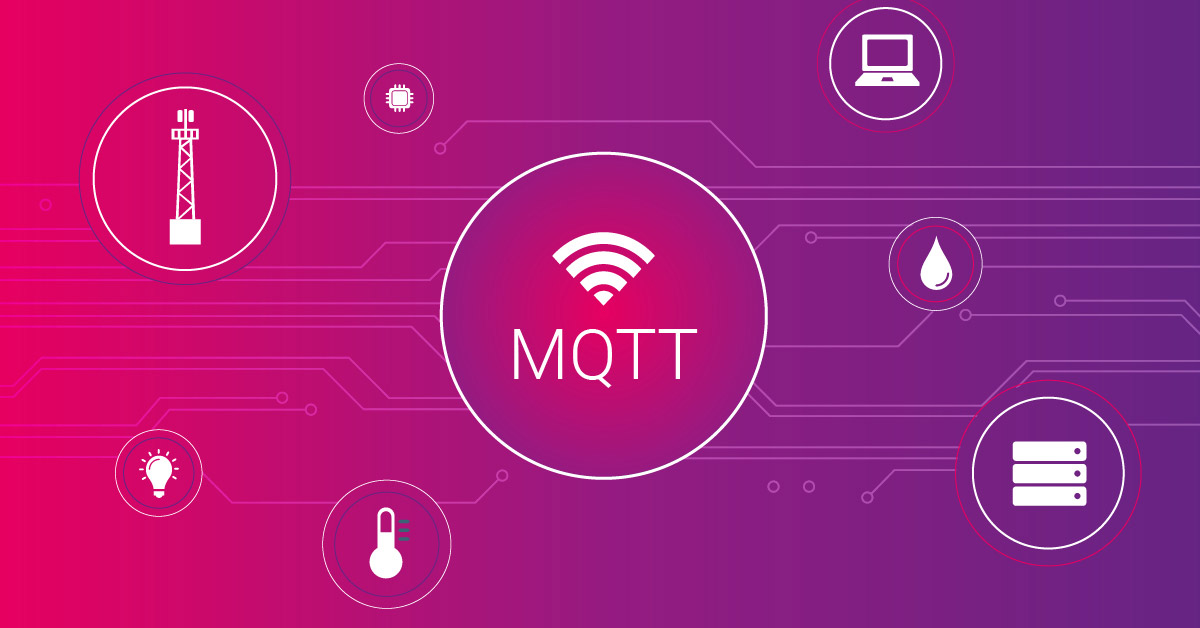Warehouse automation has become an integral part of modern warehouses, just as it has done in manufacturing. From automatic placement by robots, through to automated retrieval of items, warehouses are becoming more digitized and autonomous than ever before. Of course, ensuring that automated processes are running has become critical to the success of logistics operations. And like with other areas, getting all the data about your infrastructure in one place is critical. Let’s take a look at some key aspects of automation that Paessler PRTG can bring into your monitoring overview.
Systems in a warehouse
Before we start, let’s first consider what kind of hardware and systems are common for automated processes:
- Information technology (IT): these are your standard network devices and systems, and include firewalls, switches, routers, printers, and so on.
- Warehouse systems: specialized software designed for managing a warehouse, and can include inventory management, supply chain management, and warehouse control systems, among others.
- Operational technology (OT): hardware and software for monitoring and controlling industrial environments, including specialized devices like programmable logic controllers (PLC), industrial PCs, machines and automated vehicles, as well as SCADA systems and Distributed Control Systems.
Even though they might be interconnected (think of a warehouse management system running on the IT network, for example), each area operates separately. When it comes to monitoring, this doesn’t help teams who are interested in ensuring that the warehouse as a whole is operating as it should. What they require is a holistic overview of everything in their monitoring dashboards.
Bringing in the components important for automation
Let’s look at just some of the examples of how PRTG can monitor various components commonly associated with automation in logistics.
Programmable logic controllers (PLC)
A PLC deployed in logistics typically executes tasks based on information received from warehouse control systems (or other management systems). They are an integral part of automation in a warehouse, such as automatic picking actions or movement of conveyor belts. And because of this, knowing their status is paramount to ensuring the core functioning of a warehouse.
EXAMPLE: The Siemens SIMATIC S7 Controller
Controllers like the S7 use their own proprietary protocol to communicate and are thus often integrated with gateways (although nowadays, it's possible to buy an OPC UA add-on for the PLC). In the case of our example, a Softing gateway is used, which provides data from the S7 by using OPC UA. PRTG can retrieve this data using its OPC UA sensors, and display not only data about the PLC, but also the status of the Softing gateway.
Condition monitoring in warehouses
Just like in industrial settings, machines and motors play a vital role in automation of warehouses. Think of motors on conveyor belts or automatic picking robots. And – just as in manufacturing – monitoring the condition of the machines is key to ensuring effective maintenance keeps them running without unnecessary downtime. Essentially, condition monitoring is measuring data about the machines, usually using IIoT sensors, and then comparing that data to historical trends and other data to predict when a machine will need to be serviced.
There are systems out there specifically for condition monitoring, and getting their data into your monitoring overview takes you one step closer to having all your monitoring data in one place. Let’s take an example of how you could do this with PRTG.
EXAMPLE: DATAEAGLE Condition Monitoring System
The DATAEAGLE Condition Monitoring System has small multi-sensors to measure data from machines or engines (for example, vibration or rotations). This data is transmitted to a DATAEAGLE global IoT gateway. PRTG integrates with this gateway over the local network to retrieve the condition monitoring data. This means that sensor values can be visualized in PRTG, the data can also be used for generating alerts and notifications, and long term historical data can be stored and analyzed.
Wireless network
Automation in warehouses relies heavily on a network to communicate – and in modern warehouses, wireless networks are often used. And of course, ensuring these networks are operational is crucial for automation. I recently wrote about monitoring wireless networks in an industrial setting, and these concepts apply equally to logistical settings. First and foremost, you can monitor the wireless networking infrastructure itself (such as routers, switches, end-points, and more) using common functionality like SNMP or REST APIs, and you can monitor the connected devices.
A unified overview
The overall goal is, of course, to bring all your monitoring data into PRTG to get a single overview of everything. This way, you can quickly see the health of your IT network and the components that are crucial to automation processes in one place, as well as set up thresholds to trigger alerts and notifications when something fails.
If you have warehouses in several locations, it's also important to consolidate the monitoring data from each of them into one dashboard, so that you can instantly see the health and status of each warehouse at a glance. This can be done with PRTG by installing remote probes at each location, which deliver the monitoring data to a centralized PRTG server.
 Published by
Published by 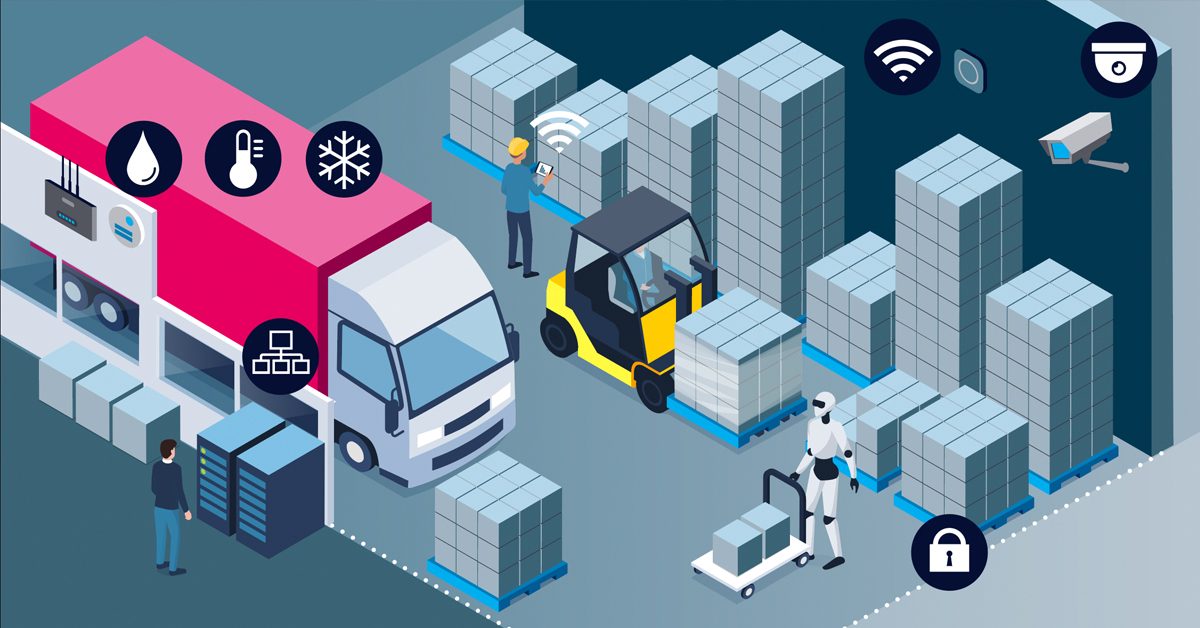



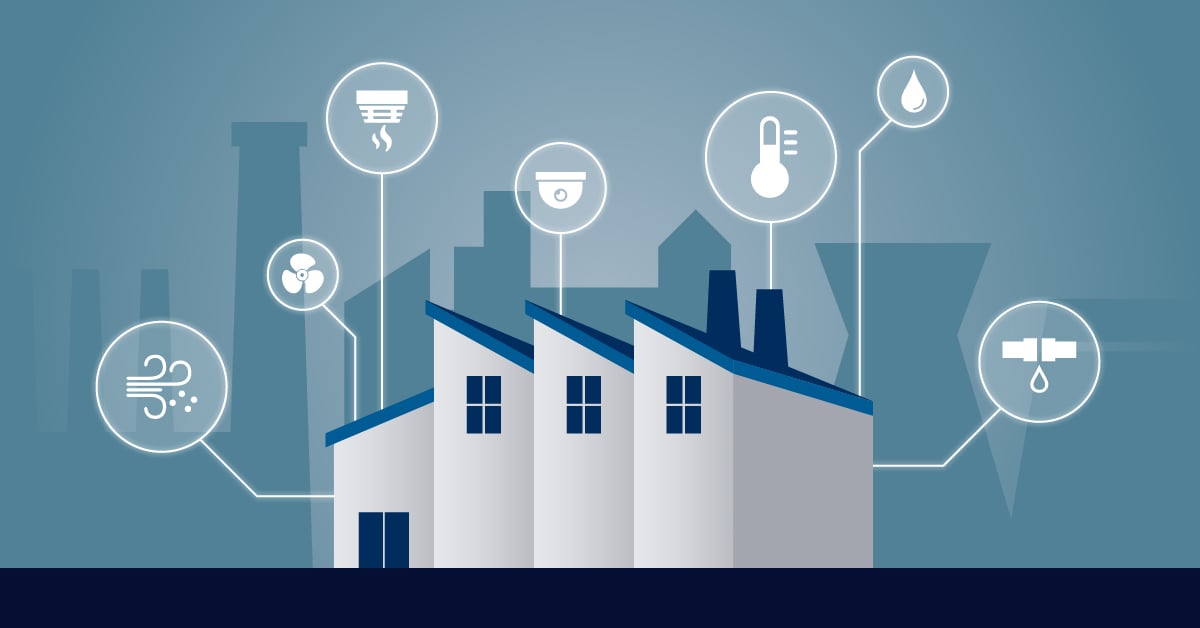
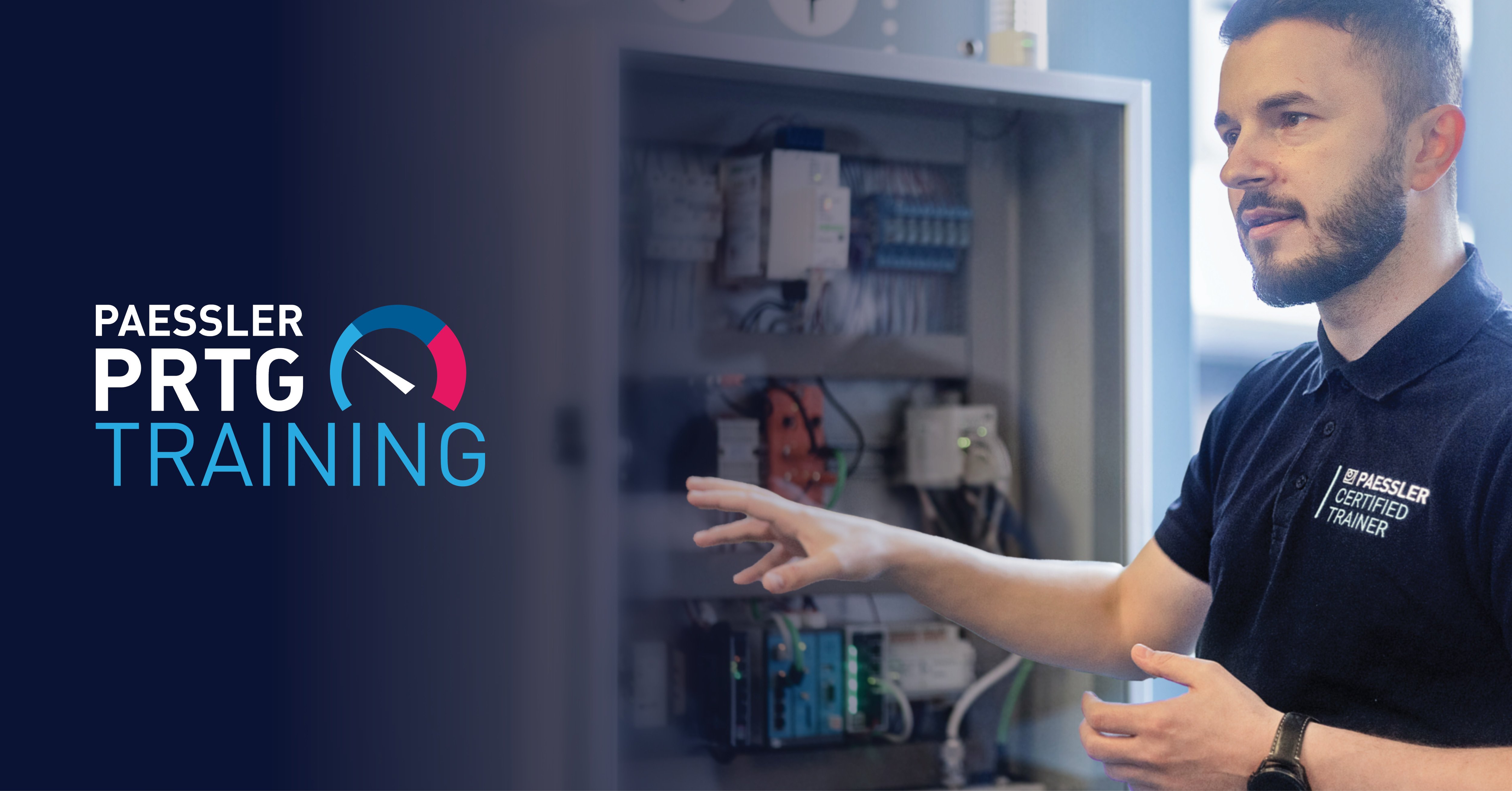
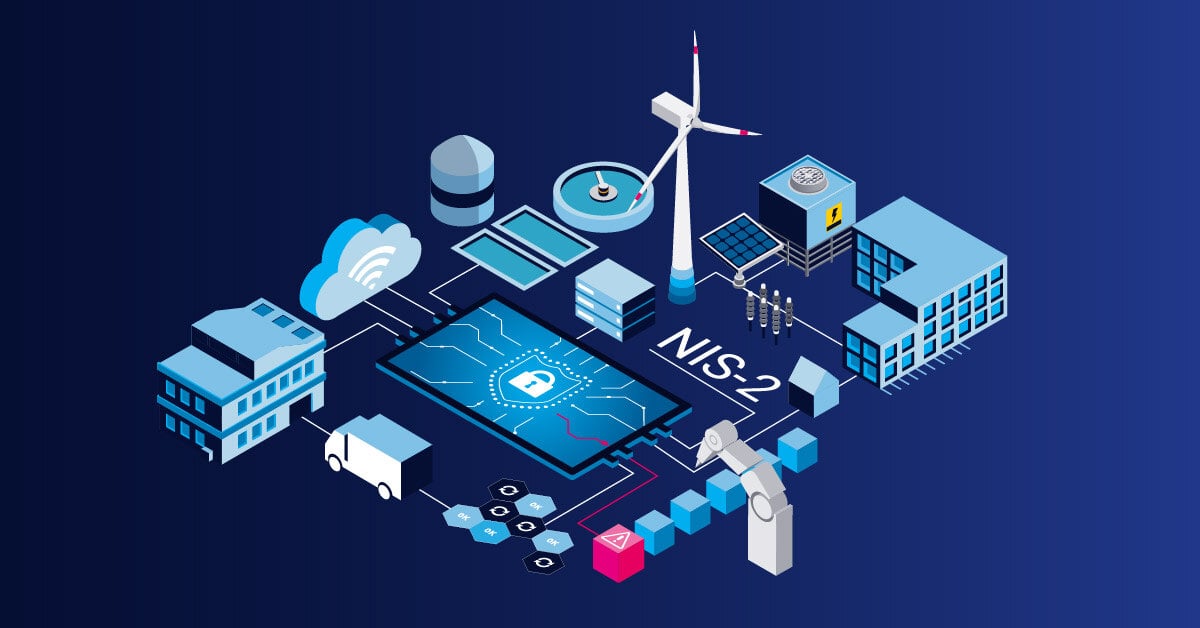
.jpg)
